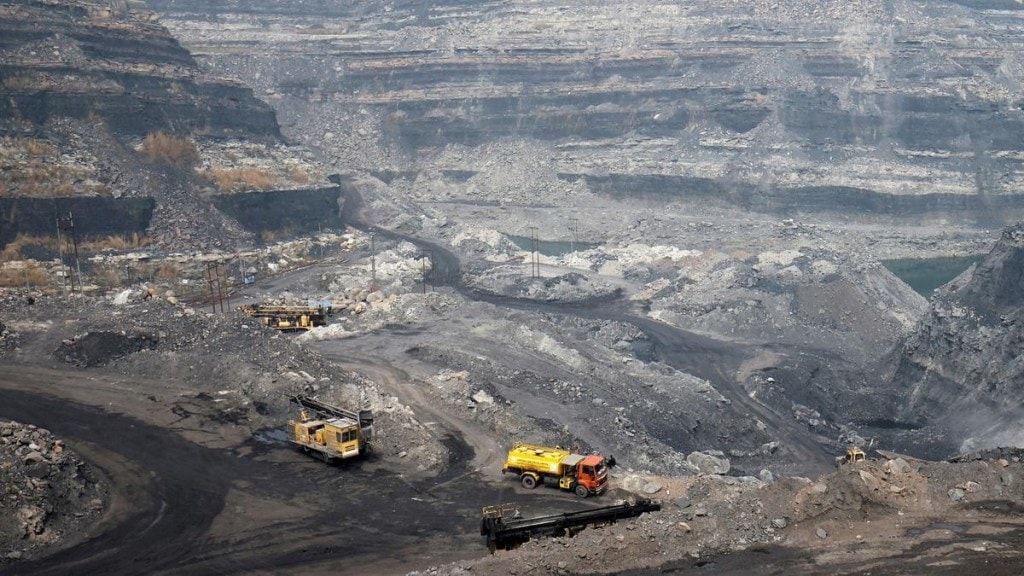In a significant step towards securing India’s future supply of critical minerals, the Ministry of Coal has initiated sampling and analysis of coal-derived waste such as fly ash, bottom ash, and overburden from thermal power plants and coal mines to trace elements and Rare Earth Elements (REE).
Singareni and Neyveli sites show promising REE concentrations
According to a release by the Coal Ministry, the samples collected from the Singareni Thermal Power Plant (STPP) have revealed promising levels of REEs, with results showing fly ash and clay containing a total concentration of about 400 parts per million (ppm).
Further, samples from NLC India Ltd’s Neyveli facilities show REE concentrations in overburden, lignite and fly ash as high as 2100 mg/kg comprising both lighter and heavier REE with Yttrium content of 300 mg/kg — a critical element for electronics and green technologies.
Rs 100 crore allocated for pilot recovery projects
This initiative is in line with the government’s broader strategy under the recently launched National Critical Mineral Mission (NCMM), approved on January 29, 2025, for the period from 2024–25 to 2030–31.
Under the Mission, the government has earmarked Rs 100 crore under NCMM for pilot projects focused on recovery of critical minerals from sources such as overburden, tailings, fly ash, and red mud. Additionally, guidelines for establishing the Centre of Excellence (CoE) under NCMM were approved in April this year.
CIL ramps up R&D projects
Coal India Limited (CIL) has undertaken the following Research & Development (R&D) projects related to rare earth elements found in coal mine waste:
1. Results from assessment of REE and other economic resources from the North Eastern Region (NER) Coalfield, indicate that total REE is low, but Heavy REE contents are relatively high.
2. Results from appraisal of Gondwana Sediments (Coal, Clay, Shale, Sandstone) for Trace Elements & REE concentration in the Singrauli coalfield, indicate that REE are “promising” in nature. However, the economical extraction of the REE is subject to technical advancement and economy of scale.
3. Development of indigenous technology for extraction of critical minerals, including REE, from overlying strata of North eastern coalfields has been undertaken with an objective to develop:
(i) enrichment technique of critical metals from non-coal strata by physical separations, and (ii) extraction technique of critical metals from non-coal strata and Acid mine drainage by Ion-Exchange Resin.
The Singareni Collieries Company Limited (SCCL) has entered into Memorandums of Understanding (MoUs) with the Institute of Minerals and Materials Technology (IMMT) in Bhubaneswar, the Non-Ferrous Materials Technology Development Centre (NFTDC) in Hyderabad, and the Indian Institute of Technology (IIT) Hyderabad to collaborate on research in this area.
The shortage of rare earth began as a result of a complex interplay between economic, environmental, and geopolitical factors, particularly involving China’s dominance in the global supply chain.
